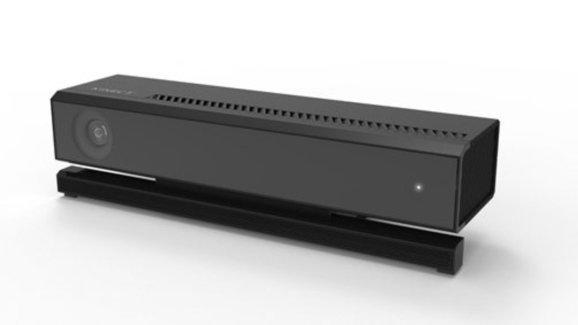Microsoft kills Kinect, its motion control camera for Xbox and Windows

Microsoft is no longer making the Kinect, as Co.Design first reported. The motion-sensing and voice-recognizing device for Xbox One and Windows will disappear from store shelves once the current stock runs out.
Microsoft once touted Kinect as an essential component of the Xbox One. Now, as the company prepares to launch the Xbox One X, 4K resolutions and hardware that tops its competitors are the new focus.
The first Kinect launched as a peripheral for the Xbox 360 in 2010. It helped give the aging console some new life with its motion-based games, and its easy-to-understand, controller-less gameplay made it appealing to a casual crowd. But the technology did have problems. It required a large amount of space in front of the TV in order to work, and other electronic devices and a lack of lighting could easily interfere with the system.
Leading up to the launch of the Xbox One, Microsoft planned to make the Kinect a required part of the machine. Microsoft originally positioned the Xbox One as an “all-in-one entertainment device” that could play games, video and music apps, and give you direct access to cable TV. The Kinect was to be an integral part of the plan with its voice commands, hand gestures, and face-recognition abilities.
Microsoft eventually backed down from requiring the Kinect to be plugged into the system at all times, but all original Xbox Ones still came bundled with the device when it launched in 2013. This brought the console’s price up to $500, $100 more expensive than the PlayStation 4, which also launched that year.
The new Kinect, despite its improved hardware, did not receive much love from gamers. Motion and voice commands in games felt tacked on, and the original novelty of the Kinect had faded. The extra cost it brought to the system was one of the factors that helped the PlayStation 4 jump into an early lead in the new console war.
Starting in 2014, Microsoft started selling a $400 version of the Xbox One that did not come with a Kinect. The device became less of a talking point for the company, until Microsoft never mentioned it at all. If Kinects appeared in the news at all, it was because of non-gaming applications and experiments.
The PC Gaming channel is presented by Intel®'s Game Dev program.


